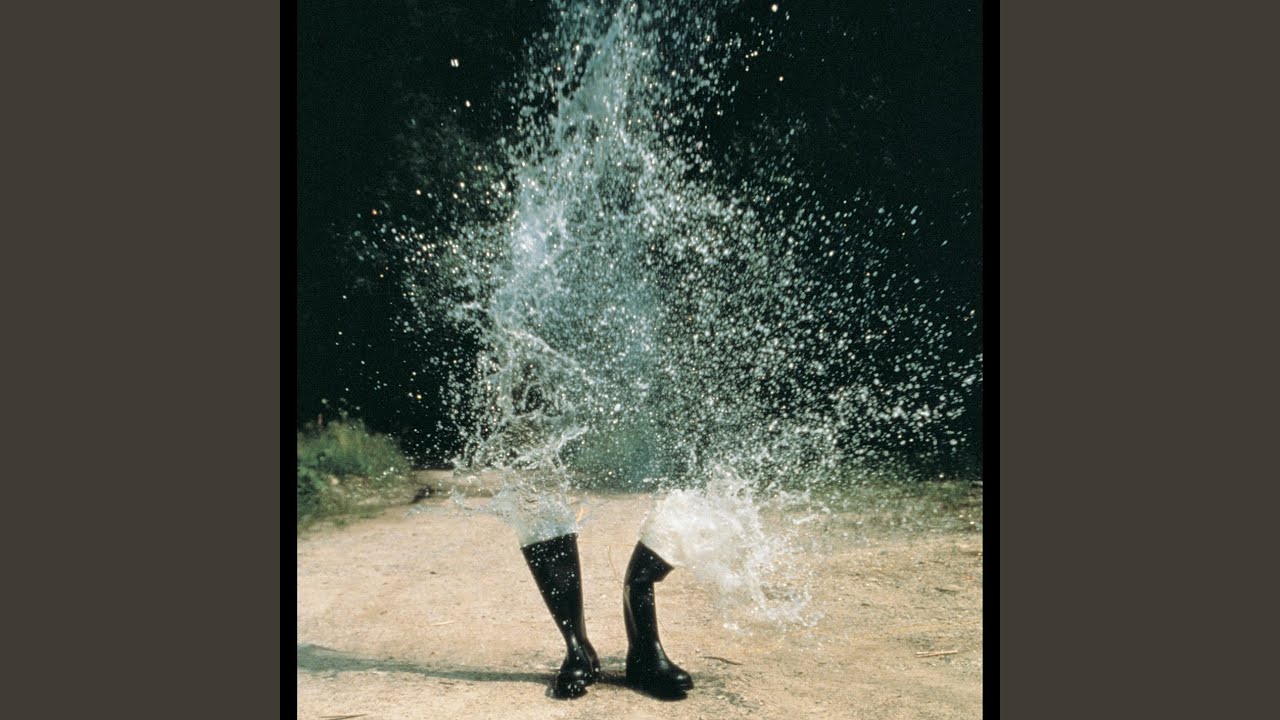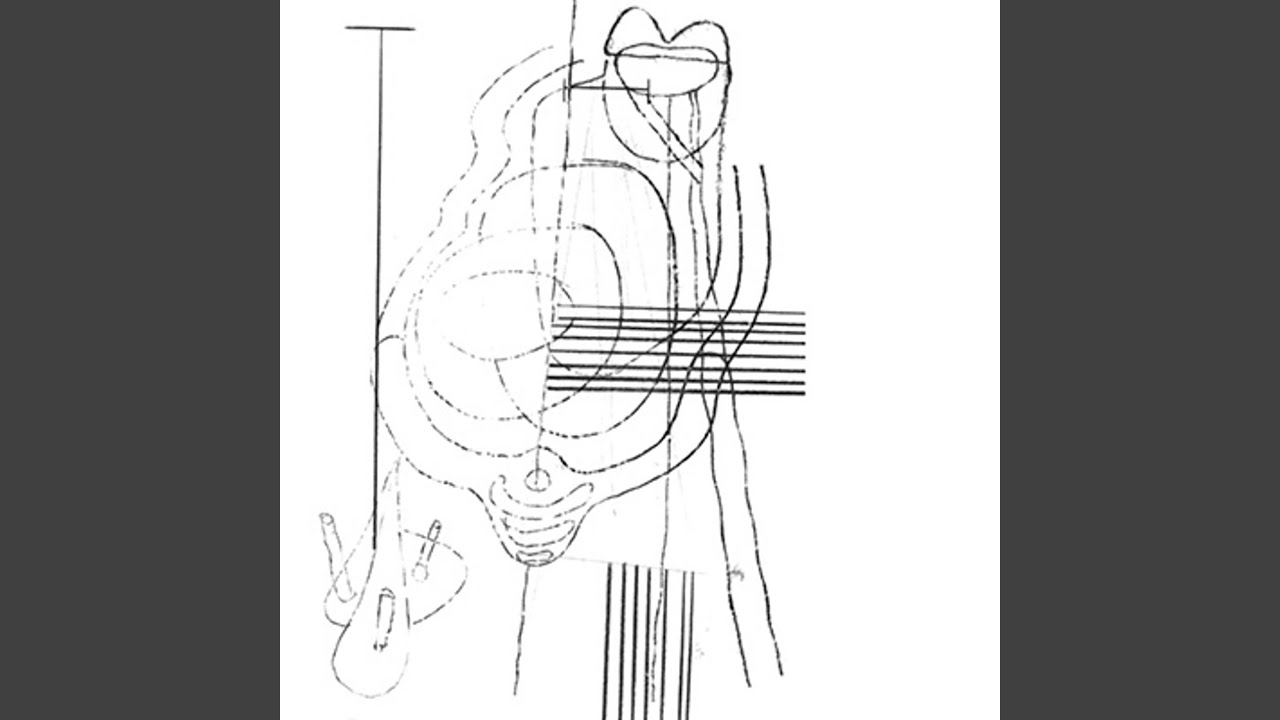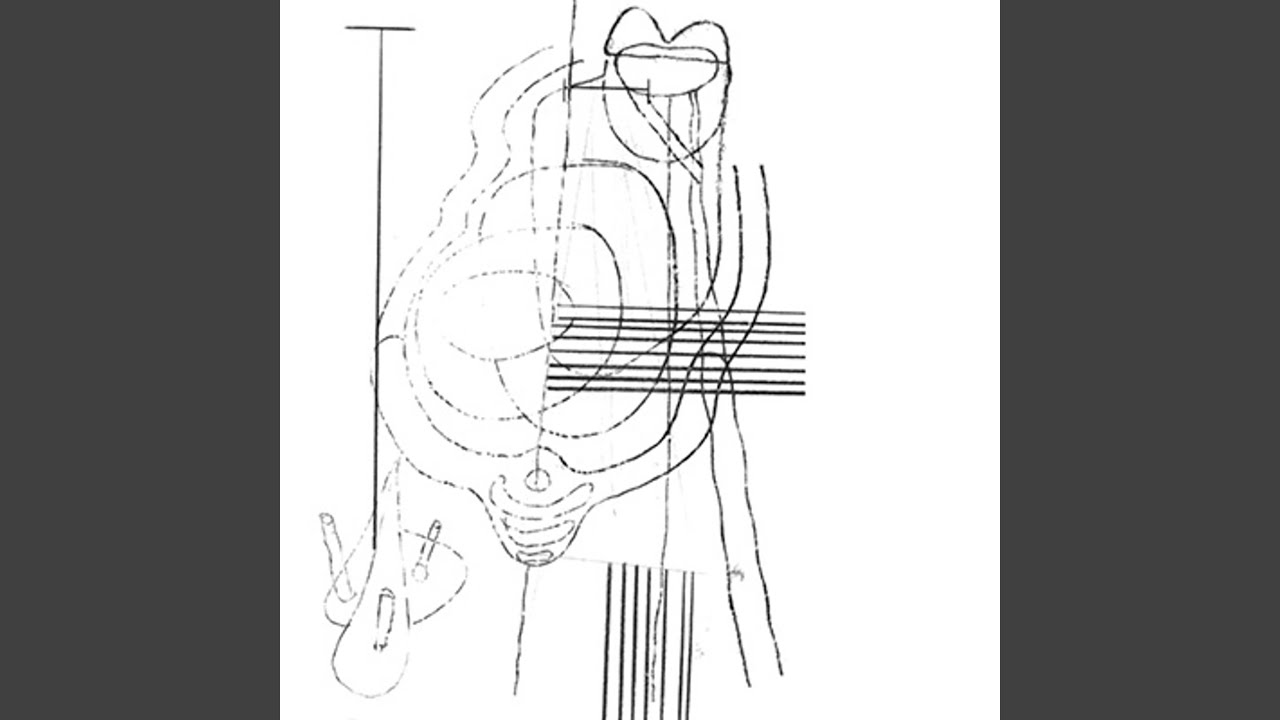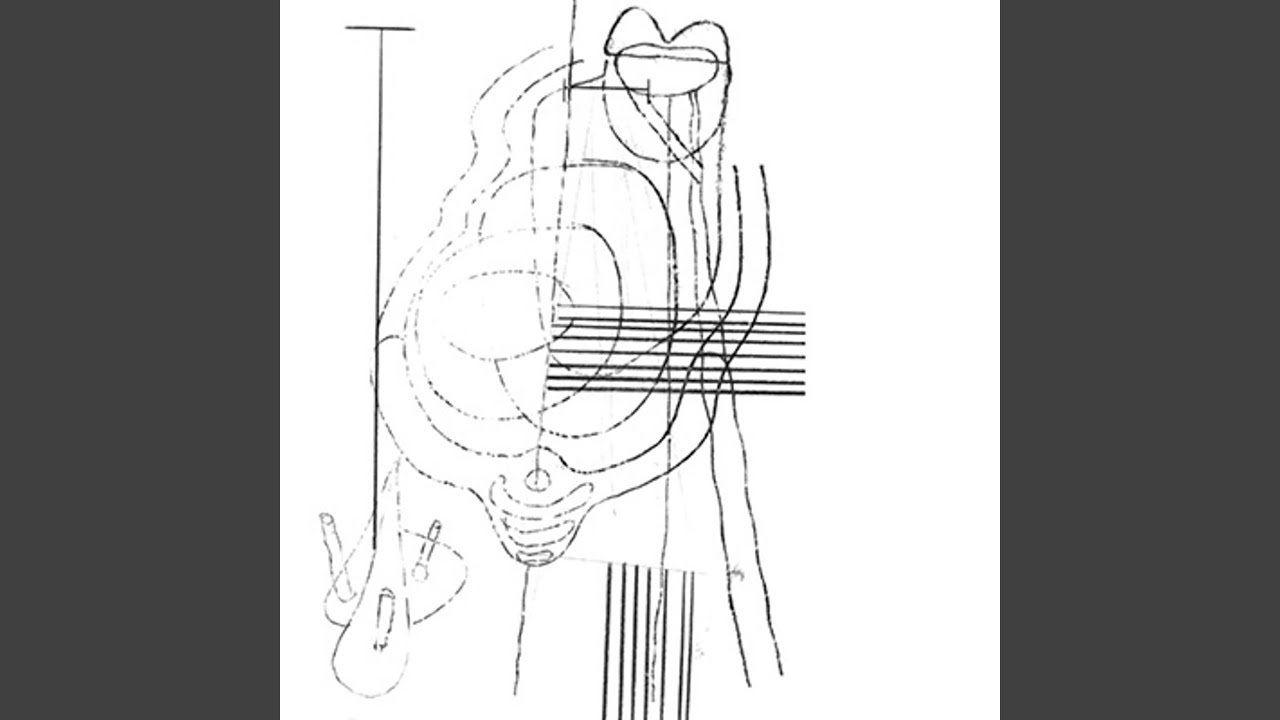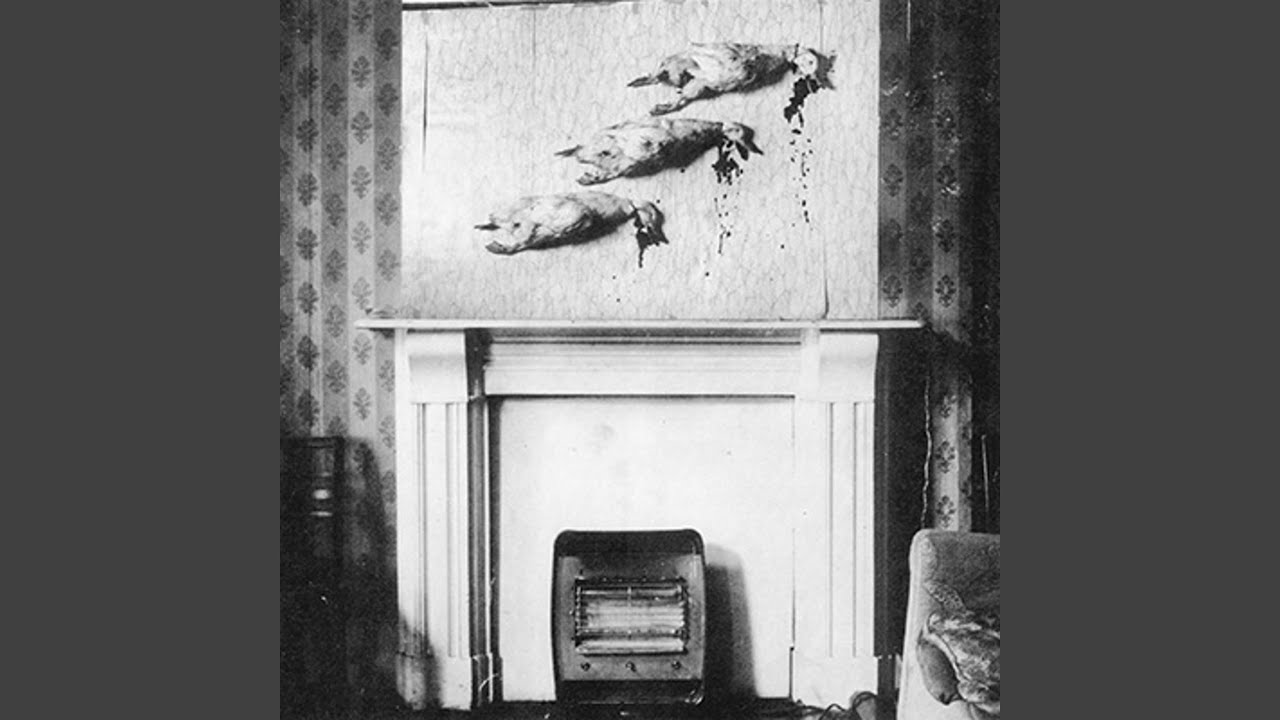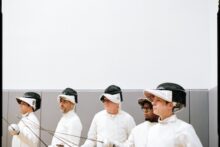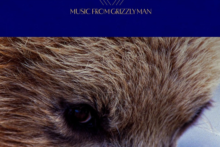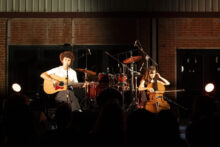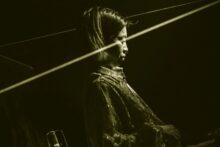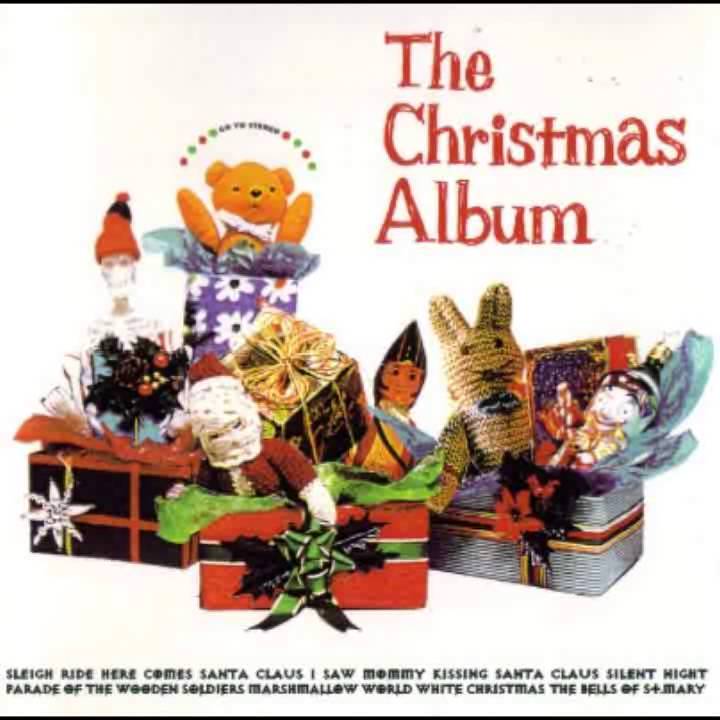From 1991 to 1998 Gastr del Sol existed creating music that pulled and pushed at the supposed rules of music making. Alongside bands like Slint, Rodan, Tortoise, Palace Brothers and Rachels the duo found themselves free of all previous shackles and created a catalogue that would emotionally move and influence folk across the world.
The timeline of Squirrel Bait to Bastro to Gastr del Sol will read as familiar to anyone with a passing interest in music created in Louisville and Chicago. Replace Bastro with Slint. Replace Gastr del Sol with Tortoise. The musical family tree that grew out of this fertile land has touched, arguably, millions of people – and continues to carve itself into the souls of music lovers all over.
Now, in 2024, Drag City are releasing We Have Dozens Of Titles, a treble LP, double CD Gastr del Sol compilation of studio recordings and beautifully captured unreleased live recordings.
As we plummet deeper into the 21st century the music from our time here that ultimately stands up could well prove to be the music created by the outsiders. The music of our time that stands up could well be the music made by the groups that never, in the traditional sense, ‘got massive’. We may find the music made by groups that ‘got massive’ disappears as quickly as it appeared. We may find the music that lasts into the future didn’t smash us in the face with billboard ads and radio playlists when it was released. It could be music like Gastr del Sol’s. It could be the music made by the outsiders.
David Grubbs and Jim O’Rourke talk us through the group’s history via ten of their tracks. A guide for those who are intrigued by the music of Gastr del Sol.
‘A Watery Kentucky’ from The Serpentine Similar (1993)
David Grubbs: This was with Bundy K. Brown, John McEntire and me as a trio – which was the final line up of Bastro. We did our last tour in the fall of 1991. At that point John and Bundy were getting more involved in Tortoise and I was starting a doctoral programme in literature. It felt like a time to shift gears, move out of Bastro and figure out something different. The group reconstituted itself under a different name with a different working method. We played a version of this song on that final Bastro tour. I grew up playing in punk bands so to make a track that’s nearly ten minutes long, and for the drums to only come in at the last minute – this was really a whole different universe. I remember in the studio listening back, lying on the ground, thinking, ‘Are we just making a terrible mistake? Is this just painfully slow? What in the world are we doing?’ But this became a through-line in Gastr del Sol and a lot of the things I’ve done since then.
How much of an influence was Louisville on how you created music, and specifically with this song (and title)?
DG: The title comes from a Herman Melville story where he describes someone having a first look at the Pacific Ocean and describing it as a “Great Watery Kentucky”. I was fortunate to be part of a meaningful community of friends and musicians in high school who were in Slint, the Palace Brothers and Squirrel Bait. I felt that the people who were later in Slint were making such incredible music even early on in the Walford’s basement; I spent a lot of time in that basement watching them. Squirrel Bait rehearsed down there also. We held each other to such high standards, if you weren’t going to do it well just don’t fucking do it.
‘Thos, Dudley Ah! Old Must Dye’ from Crookt, Crackt, Or Fly (1994)
DG: On an album not jam packed with memorable melodies, this is the closest we got to one. The text and song title comes from an 18th century poem. The Puritans had a habit of writing elegiac poems with an anagram of someone’s name in the title (in this case, Thomas Dudley). The idea being you could rearrange the letters and come up with a motto that suggests something important or true or valuable about their life – in this case, making peace with passing away or shuffling out of this existence.
Jim O’Rourke: I didn’t have a studio setup for recording instruments so we went into a studio in Chicago. David called up Brian Paulson who had recorded the Bastro records. David recorded the piano parts at the University of Chicago. All the other stuff, the treatments and electronics were done in my studio. I invited people in from the Chicago Improvise music scene, Gene Coleman plays bass clarinet on this tune.
‘The Harp Factory On Lake Street’ from The Harp Factory On Lake Street (1995)
DG: One of the basic techniques of Gastr del Sol was to have these short composed songs that would have long extended outros that would dwarf, in scale, the songs. I like the idea of dropping songs into vast instrumental tapestries. I wanted to write lyrics and write songs in addition to exploring these longer textures. It made sense to have the miniature crystallisation of intensity of a song and not to stretch the song out over a longer period of time – to let the song have its own internal logic and to place it in contrast with the longer instrumental sections.
JO’R: This is the only time that something was recorded where everyone was playing all at the same time (outside of three people, sometimes we recorded as a three piece with John). With all the other records there was always someone coming in and overdubbing their parts. I wrote an arrangement around David’s song part and conducted the recording. I’d passed conducting class at school! There were around eight or ten people in the room. We recorded at Idful Studios, at that time almost all the studio staff were members of Tortoise.
‘Our Exquisite Replica Of “Eternity”‘ from Upgrade & Afterlife (1996)
DG: The reason for the quotation marks around Eternity? If you’re driving across the U.S, in various gas stations, you can find these dispensers with knock off versions of colognes, Eternity was a cologne [by Calvin Klein]. It was a found title. It sounds like it was a grandiose thing but I found it in a dirty bathroom in a gas station in Indiana.
JO’R: I asked my roommate, Kevin Drumm, to come with me into the studio. It’s Kevin making the guitar sounds at the beginning of the tune. The studio had a Hammond organ with a Leslie speaker, and anytime I have the chance to use a Hammond with a Leslie I grab the chance. (Years later when I was recording the soundtrack for Grizzly Man they had a Hammond with a Leslie. Instead of eating lunch one day I asked the engineer to roll tape on a DAT, because I just wanted to record the organ. Werner Herzog ran back into the room and shouted for me to keep playing. We recorded about 20 minutes with Herzog saying, “It’s exactly what I need for another movie I’m working on.” So, it ended up being on the soundtrack to another Herzog movie, The Wild Blue Yonder). I’m not even sure the session with Kevin was [meant to be] a Gastr session but it ended up being one. I’m not saying that when I play it it’s good but good things seem to happen when I do!
DG – I do remember that Kevin’s awesome guitar part in the first section was done at Streeterville recording studio at the same session where Jim did the Hammond recording; I remember being at the mixing desk at Streeterville when we did a mix of the first section, accentuating Kevin’s stabs and jabs.
‘Dry Bones In the Valley (I Saw The Light Come Shining ’round And ’round)’ from Upgrade & Afterlife (1996)
DG: Tony’s (Conrad) playing is so beautiful on this, it’s very uncharacteristic, it’s very relaxed. The shows Tony was playing at the time were very loud, overdriven and assaultive in terms of their frequencies. It was Jim’s idea to invite Tony to play on this. I play piano towards the end of it. People talk about ‘sound environment’ like it’s a rarified thing, in a sound installation or an art exhibition, but it really is just like the punk band (of our youth) or the music Jim, Tony and I are making here. it’s a space I could live in forever.
JO’R: The sleeve art used for Upgrade & Afterlife is by Roman Signer who was a friend of the band Voice Crack, a long running Swiss duo who improvised electronic music using household items. I played with them a lot. One time they took me to an exhibition of his work and I picked the catalogue up and showed it to David. We agreed his stuff was the shit. Roman has also provided the cover image for the new compilation. We did a tour with John (McEntire), the only tour we did. Gastr would play and then I would play with Tony Conrad. During the tour, as an encore, I’d play ‘Dry Bones In The Valley’ (it’s a John Fahey composition) by myself so David and John could get the drinking started. One day, Fahey and Tony were in Chicago at the same time and I took them out for lunch and they were sitting across from me and I thought, “Of course, that’s it, it makes total sense.” So I asked Tony and he came and recorded violin over my guitar part (which I took way too long recording, so desperate to get it right) and then David had some very select moments to add the piano.
‘Black Horse’ from Camoufleur (1998)
JO’R: There was a series of CDs on King Records that covered music from various countries. Before I moved to Japan I’d go once or twice a year and come back with boxes of CDs, a suitcase full. There was a song on the Music From Vietnam CD, we started out by doing a cover of it and it sort of turned into ‘Black Horse’.
DG: On the recorded version there’s an extended coda at the beginning. I feel like Gastr did codas very well, we were famous for our codas, we were pioneers of the extended coda. I played at a festival solo in North Carolina ten years ago, I flew in, it felt very glamorous. I got in the taxi at the airport which was playing the college radio station and ‘Black Horse’ came on because I was playing that night. This doesn’t happen very often for me, riding in a taxi listening to myself on the radio. I’m not always happy to be caught off guard hearing our music like that, I’d normally go down the rabbit hole of thinking what we could have done differently. But I associate ‘Black Horse’ with being in a taxi in North Carolina and thinking we did a pretty good job on that one.
‘The Seasons Reverse’ from Camoufleur (1998)
DG: When I’m making records now there’s so little in the mixing that incorporates the spontaneity of performance. I’m always tweaking over weeks and months. With ‘The Seasons Reverse’ a lot of the charm of this is Jim doing a live dub mix, sending individual snare hits off into space. Watching him doing the live treatment of the drums was awesome.
JO’R: This is really based off of David’s guitar figure. Around then I’d just gotten a sampler. This was the first Gastr record where a computer was involved, all others were recorded to tape. All the drums were samples of John playing and the other noises were from Marcus Popp (Oval). Pro Tools didn’t exist yet, there was a programme called Deck. The craziest thing was there was no soundcard, you got the sound out from the headphone jack – it’s amazing the record doesn’t sound like garbage.
‘Bauchredner’ from Camoufleur (1998)
DG: Mayo Thompson [Red Krayola; both Jim and David were part of this group at this time] suggested the title. The outro is 100% Jim, it’s like Gastr del Sol riding into the distance. Camoufleur was our version of creating a sunny, forward facing, sweet and human record. We weren’t looking for the right equation or chemical compound to attract a large number of listeners or anything, but to really enjoy ourselves in the process of making this music.
JO’R: This was a tune that David was doing solo, he was starting to work on his solo album. If I remember correctly I recorded a lot of his stuff for his solo album and this was for that. I decided I wanted to add the thing at the end. I was really into over the top brass. It’s very much the kind of the thing I did with the Stereolab album (Cobra And Phases Group Play Voltage In the Milky Night) at around the same time.
‘At Night And At Night’ from Hey Drag City (1994) and We Have Dozens Of Titles (2024)
DG: Drag City were asking for a very quick turnaround on a song for a compilation. Jim was in Europe. I went into the studio in Chigcago with John (McEntire) and Bundy (K. Brown). Jim sent this electroacoustic piece he’d been working on with Christophe Heemann in Aachen, Germany. The first two minutes of the track is the material Jim sent then it cuts very abruptly into the song we made in Chicago.
JO’R: This was a Bastro song. I had just finished making the 20 Songs Less 7″ (Gastr single on Teenbeat from 1994). David faxed me: “I want you to be on this song, can you make an intro.” So I made a goofy sound for the beginning of the song.
‘The Bells Of St.Mary’ from The Christmas Album (1996) and We Have Dozens Of Titles (2024)
DG: A Japanese Christmas compiIation on Sony Japan with Merzbow and Melt Banana, totally brilliant. It’s supposed to be a cover of Phil Spector’s A Christmas For You album from 1963 with the same track listing. I will go on record to say I fucking hate Christmas music. My first thought was please don’t assign us ‘Rudolf The Rednosed Reindeer’. We got ‘The Bells Of St.Mary’, the title track of the Bing Crosby film, originally sung by Bing. Back in 1963 ‘The Bells Of St. Mary’ must have been a big Christmas film, the Die Hard of its day. We listened to the song once or twice and made our own piece of music. We added sleigh bells to make it Christmas-y although our sleigh bells sound more like the sleigh bells from ‘I Wanna Be Your Dog’.
JO’R: Usually when we get compilations David will say, “I have something for this”, and he’ll give it to me and I’ll think of something to do with it.
This compilation, it’s so weird.
JO’R: The guy who ran the label was a little bit weird.
Why now for the new compilation? What made it happen?
DG: The main thing was the discovery in the CBC (Canada Broadcasting Company) archive of the live recording from Victoriaville which was the last concert Jim and I played together. We had thought for a long time about collating previously uncollected material. I think it was ultimately – like with a lot of people – us having time on our hands during the pandemic. We sifted through live recordings. There were a lot of decently good live performances documented but they tended to be terrible cassette recordings, audience chattering right next to the microphone, etc. There wasn’t the impulse to put together the compilation until this discovery, it was a recording we were both extremely happy with.
Jim O’Rourke is currently working on the forthcoming Eiko Ishibashi record and the Roland Kayn archive. David Grubbs’ most recent album is a duo with Liam Keenan, Your Music Encountered in a Dream and the next release is a duo album with Loren Connors.
Gastr del Sol’s We Have Dozens Of Titles is out today on Drag City

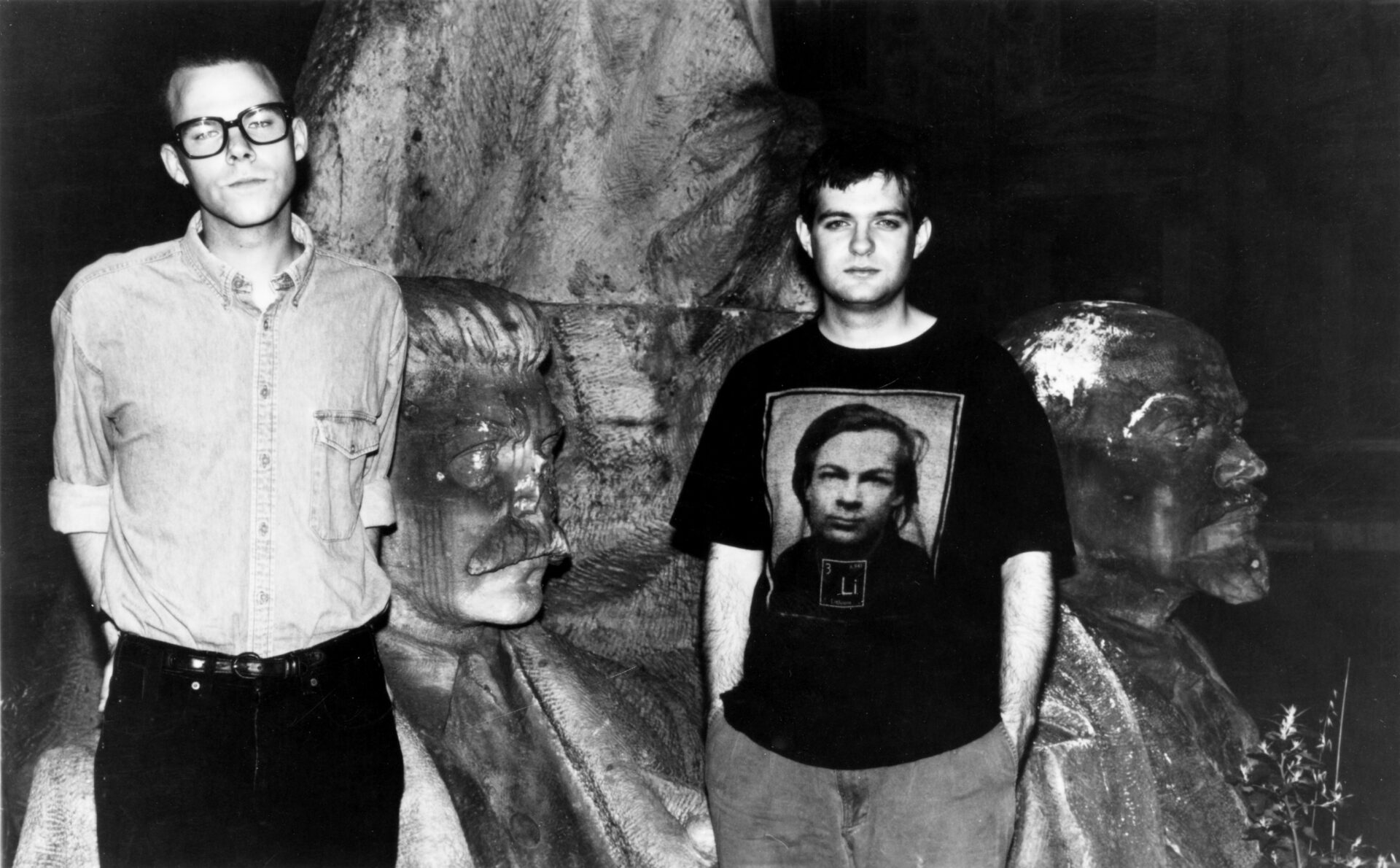
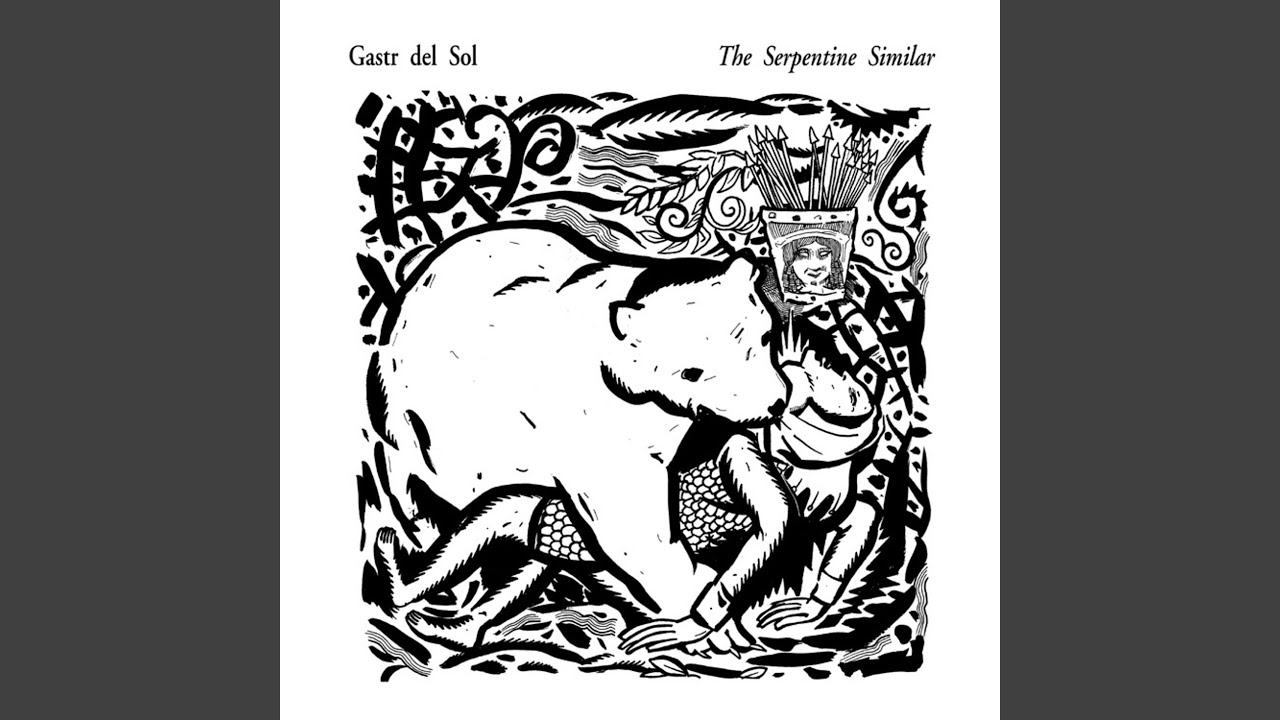
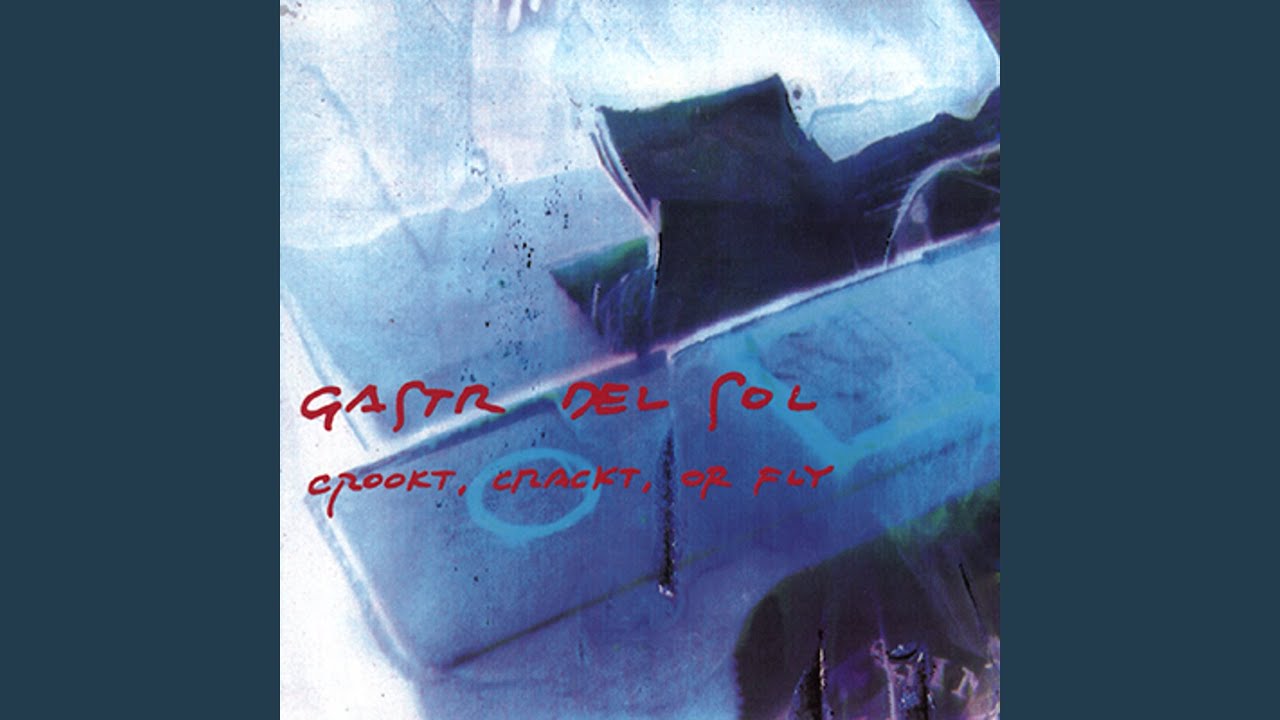
![Gastr Del Sol - The Harp Factory on Lake Street (1995) [Full EP]](https://thequietus.com/app/cache/flying-press/02c4f3d28884483bb40d4610b4ee60f9.jpg)

